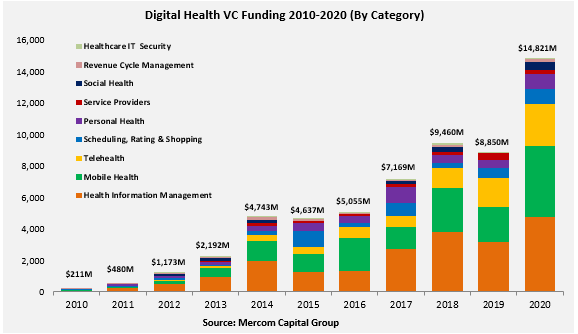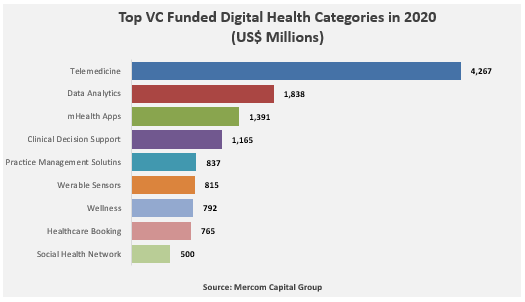 Two US states are taking opposite tacks on the permanence of payment parity, telehealth coverage, and access recently broadened during the COVID pandemic:
Two US states are taking opposite tacks on the permanence of payment parity, telehealth coverage, and access recently broadened during the COVID pandemic:
- New Hampshire’s legislature is debating a bill (HB 602) that would eliminate the payment parity requirement for all telehealth consults, as well as eliminate coverage for telephonic (audio) consults and faxes. Parity was first permitted on an emergency basis at the start of the COVID pandemic in 2020, then passed through the legislature and signed into law by Governor Sununu in July. Parity requires provider reimbursement at the same rate as in-person visits for state Medicaid and private plans. mHealthIntelligence
- South Dakota’s Governor Noem, however, is proposing to make permanent the emergency telehealth expansions directed in two 2020 executive orders in two bills she’s submitted to the legislature:
- Eliminate the in-person exam requirement before a care provider begins telehealth treatment with a new patient
- Enable providers to prescribe certain medications via telehealth
- Eliminated the requirement for telehealth on an audio-visual platform, thus enabling providers to conduct telephonic consults for some services
- In the second bill, South Dakota could recognize medical licenses from states included in the Uniform Emergency Management Assistance Compact (EMAC), a mutual aid agreement that allows states to share resources during natural and man-made emergencies. mHealthIntelligence
Both payment parity and coverage access are hot topics in physician reimbursement and patient services. The argument in favor of parity is to incentivize usage among physicians. Opposing this is the notion that telehealth has a lower value than in-person visits and that payers should be able to negotiate coverage and rate with care providers. In New Hampshire, a rural state but adjacent to Massachusetts, there is sparse availability of many healthcare services, especially for mental health and substance abuse services. The same is true in South Dakota, a state 8.5 times geographically larger than New Hampshire and truly ‘big sky’ country. Here parity is not an issue but ‘existing patient’ requirements, prescribing, telephonic, and licensing are. Telephonic consults in rural areas with spotty broadband are also considered to be a vital inclusion.
CMS also did some revising on the 2021 Medicare Physician Fee Schedule (PFS) to clarify and correct coding plus other information around remote patient monitoring (RPM) effective 1 January:
- 20 minutes of time includes, but is not limited to, “Interactive Communication” with patient
- RPM billing by one practitioner, per patient per period
- Many codes can be used for billing RPM, including codes for collecting and monitoring the data, and treatment/management services of the conditions monitored with the data. (In the US, certified billing and coding professionals are the most frequent ‘brain benders’ on these issues. It is that complex.)
The Foley & Lardner blog has a concise summary, but you can enjoy the CMS-corrected document in the Federal Register here.














Most Recent Comments